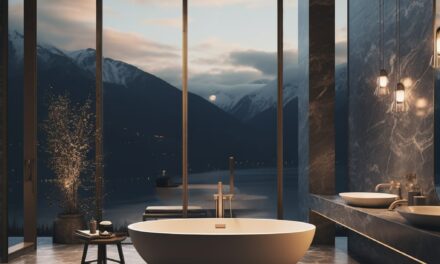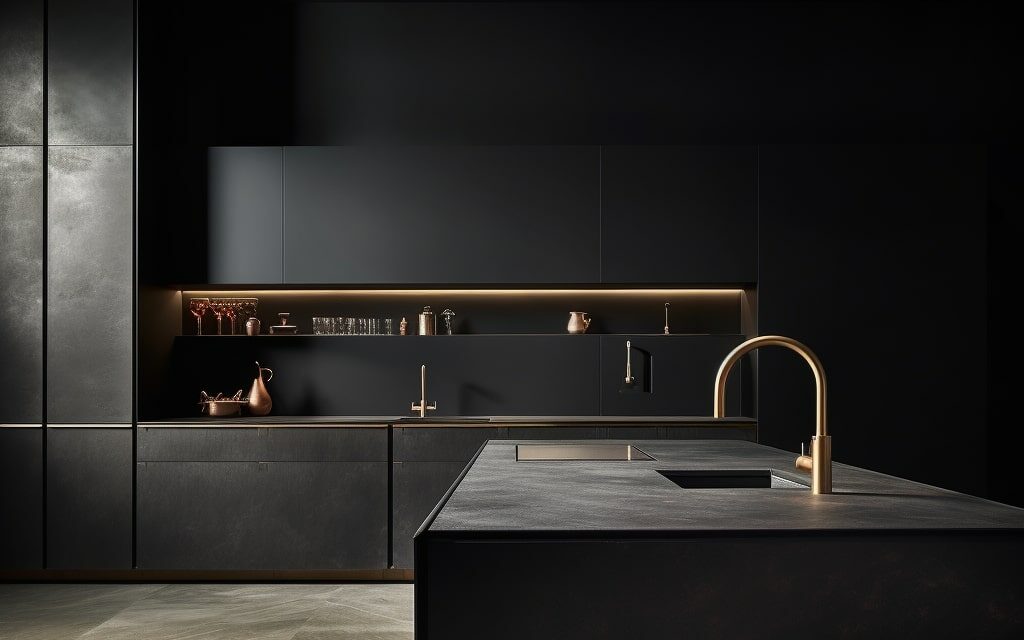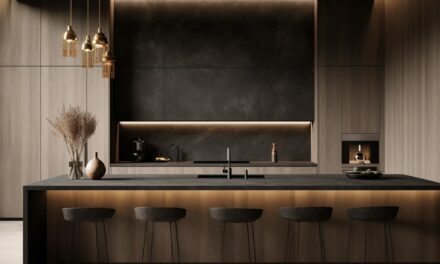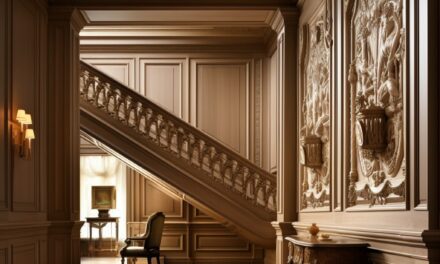Shape is a fundamental element of interior design that helps create harmony, balance, and visual interest in a space. It refers to the form and structure of objects and can be used to define and differentiate areas, create focus, and establish mood. Understanding the role of shape in interior design is essential to creating visually appealing and functional spaces.
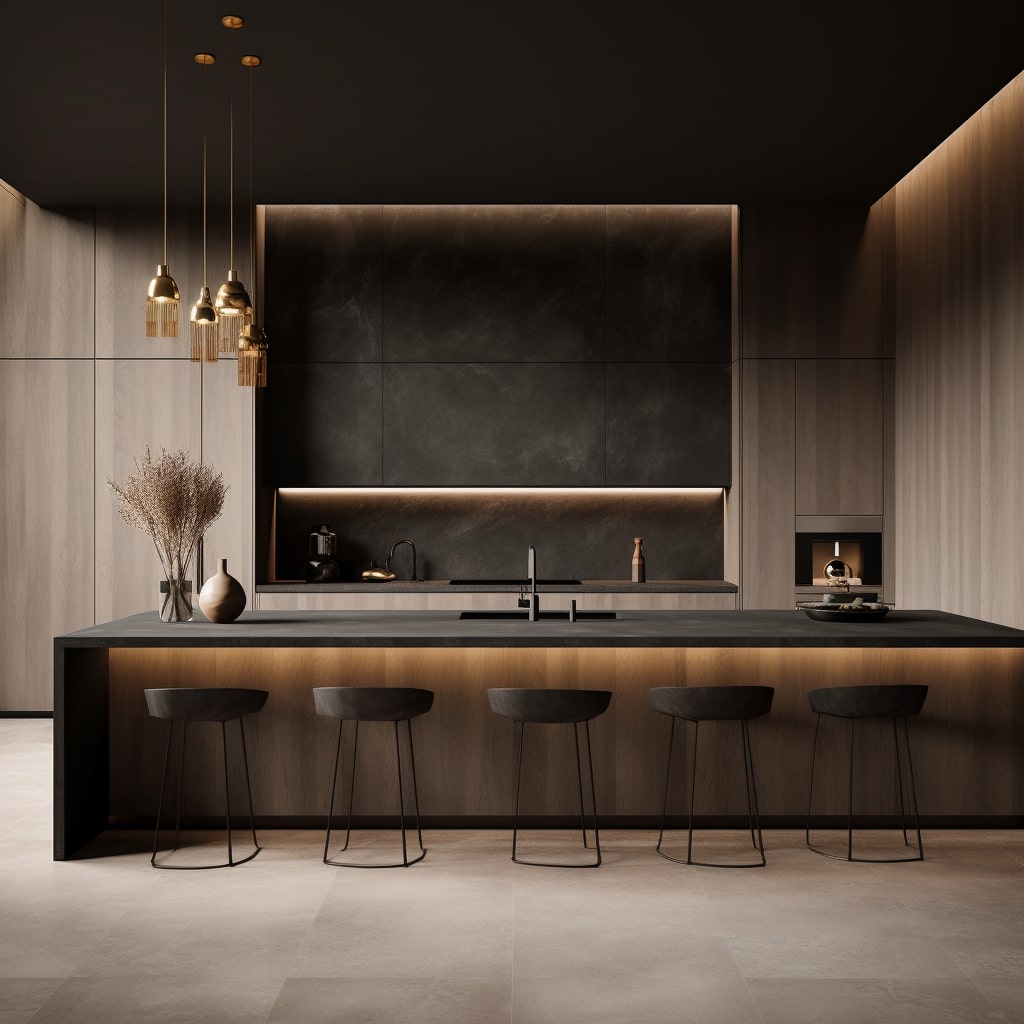
What is Shape in Interior Design?
Shape is a fundamental element of interior design that can significantly impact the aesthetics and functionality of a space. The shape of objects, furniture, fixtures, and architectural features can determine the visual perception of a room, creating a sense of harmony or discordance. Understanding the role of shape in interior design is crucial to creating a well-designed space that meets both the functional and aesthetic needs of its occupants.
How Shape Impacts Visual Perception
The shape of objects and features in a space can affect our visual perception in various ways. For example, angular or geometric shapes convey a sense of orderliness and structure, while curved or organic shapes evoke a feeling of softness and fluidity. The size and proportion of shapes can also affect our perception of space, with larger shapes creating a sense of dominance and smaller shapes conveying a feeling of intimacy.
The color and texture of shapes can also impact visual perception, with bright, bold colors and textured surfaces emphasizing the shape’s characteristics and drawing attention to specific areas of the space. Understanding the visual impact of shape is critical to selecting appropriate shapes for a given space or design concept.
How Shape Affects Mood
Shapes can also affect our mood and emotions within a space. For example, the use of angular and geometric shapes can create a sense of energy and focus, while the use of curved and organic shapes can evoke a feeling of relaxation and calm. The use of contrasting shapes, such as combining angular and curved shapes, can create a sense of balance and contrast within a space, adding visual interest and depth.
It is essential to consider the mood and emotions you want to evoke when selecting shapes for a space, as the shape’s impact on mood can directly affect the occupant’s well-being and comfort.
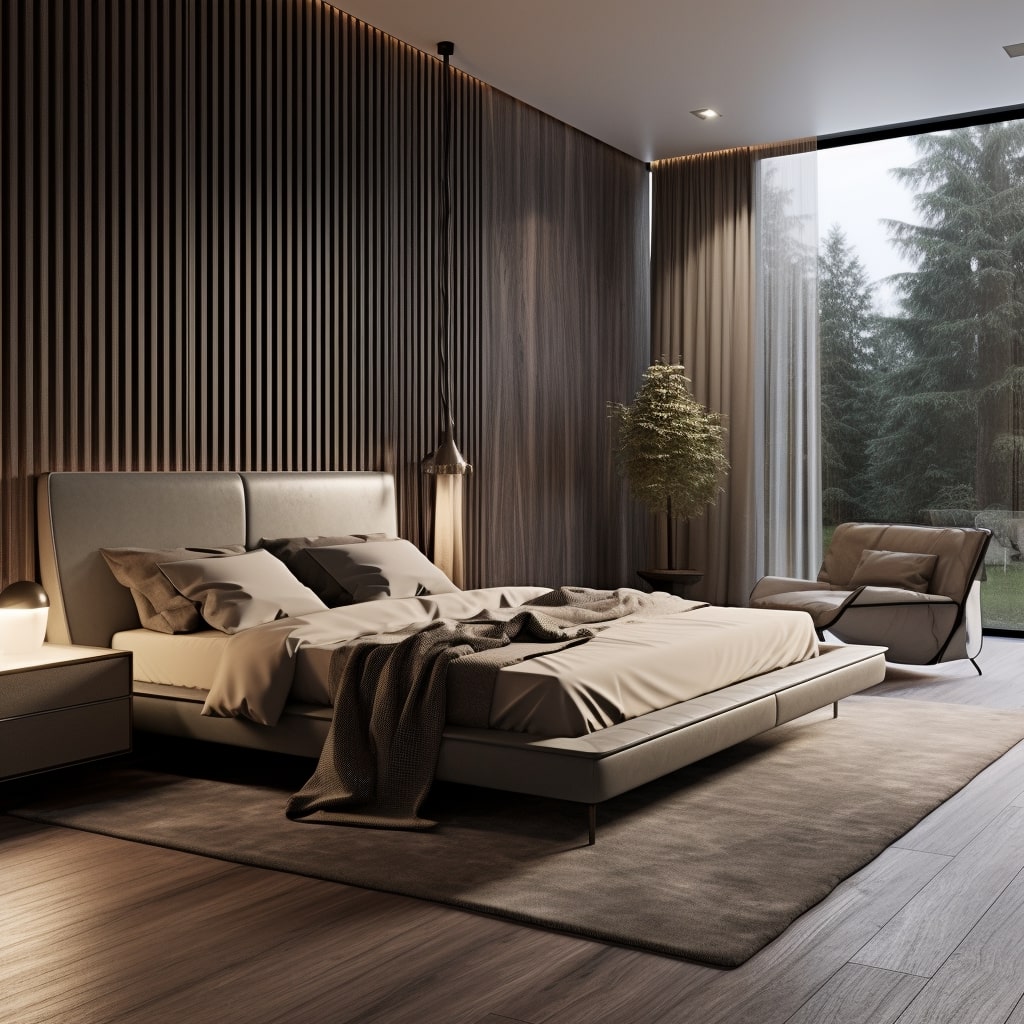

The Functionality of Shape
The shape of objects and features in a space can also affect the functionality of the room. For example, the shape of furniture can dictate how the space is used and how people interact within it. The arrangement and alignment of shapes can also affect the flow and movement of people within a space, influencing how they navigate and use the room.
The size, scale and proportion of shapes can also impact functionality, with larger shapes taking up more space and potentially limiting movement or use. It is crucial to consider the intended functionality of a space when selecting and arranging shapes to optimize its use and accessibility.
Related: Checkout millwork in interior design for truly unique, customized and beautiful wood pieces.
Different Types of Shapes in Interior Design
In interior design, shapes are categorized into three main groups: geometric, organic, and abstract. Each shape type boasts unique characteristics and traits, which designers leverage to create distinct visual effects. A comprehensive understanding of the various types of shapes can help designers make informed decisions when selecting design elements and creating cohesive visual concepts.
Geometric Shapes
Geometric shapes are characterized by straight lines and sharp edges, making them ideal for creating defined and structured spaces. These shapes include squares, circles, triangles, and rectangles. Geometric shapes can be used to create a sense of balance and order in the design composition. For example, a room with a rectangular coffee table and a square rug can create a cohesive, well-balanced design.
Geometric shapes can also be used to create visual interest and drama in a space. For instance, a room with a geometric accent wall can add depth and texture to an otherwise mundane setting. Geometric shapes can also be used to create patterned designs on fabrics, wallpapers, and tiles.
Related concept: What is gradation in interior design?
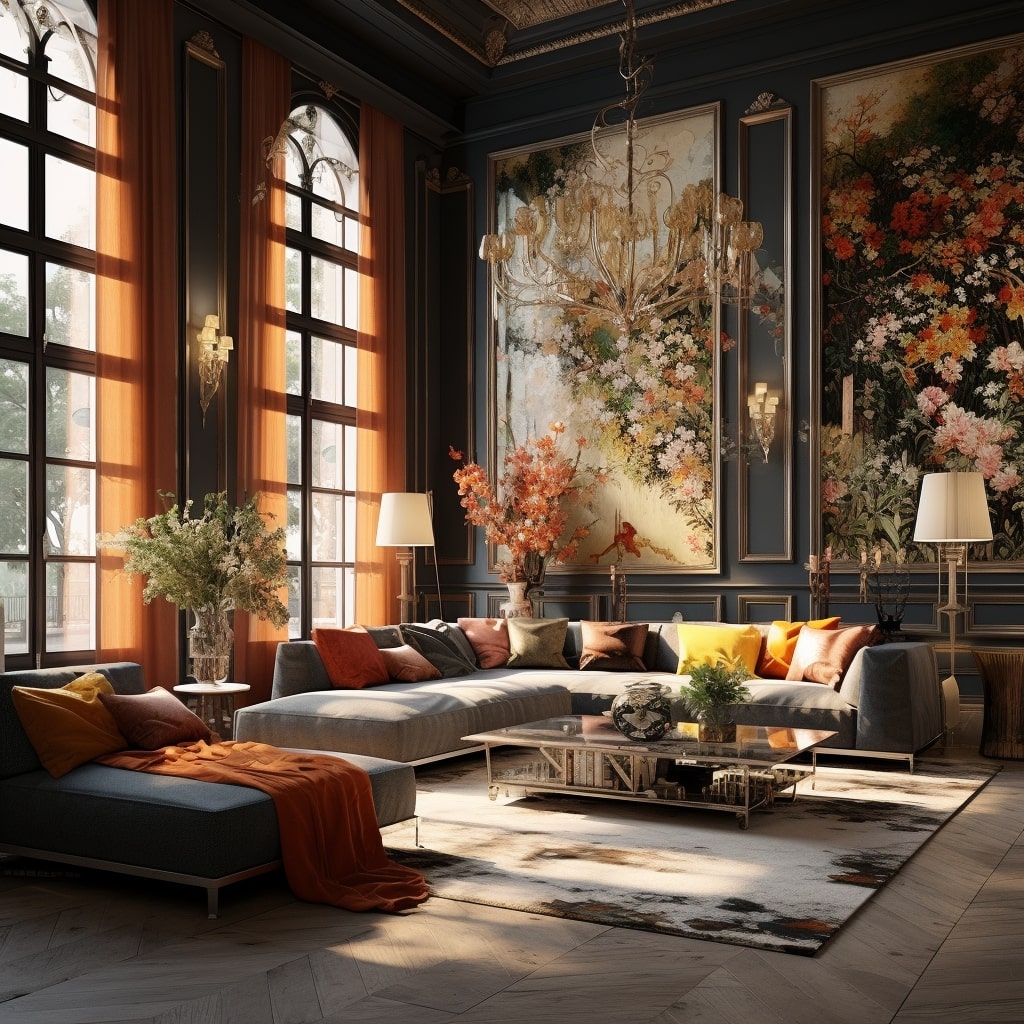

Organic Shapes
Organic shapes are characterized by smooth and flowing lines, often resembling natural objects and forms. These shapes include curves, ovals, and irregular shapes. Organic shapes can add a sense of movement, unity and fluidity to a space. For example, a curved sofa can create a sense of comfort and relaxation in a living room.
Organic shapes can also be used to create a sense of whimsy and playfulness in a design. For instance, an organic-shaped pendant light can add a touch of quirkiness to a modern minimalistic design. Organic shapes can also be used to soften the overall look of a space, making it feel more inviting and cozy.
Abstract Shapes
Abstract shapes are characterized by shapes that do not conform to recognizable form or structure. They can be geometric or organic shapes but are often manipulated to create unique and unusual designs. Abstract shapes can be used to create a sense of innovation and creativity in a space. For example, an abstract-shaped bookshelf can add a unique flair to a home office.
Abstract shapes can also be used to create a sense of intrigue and mystery in a design. For instance, an abstract-shaped art piece can create a conversation starter in a living room. Abstract shapes can also be used to add a touch of modernity and sophistication to a space, making it feel more contemporary.
You’ll often see abstract shapes in luxury interior design that are more experimental and creative.
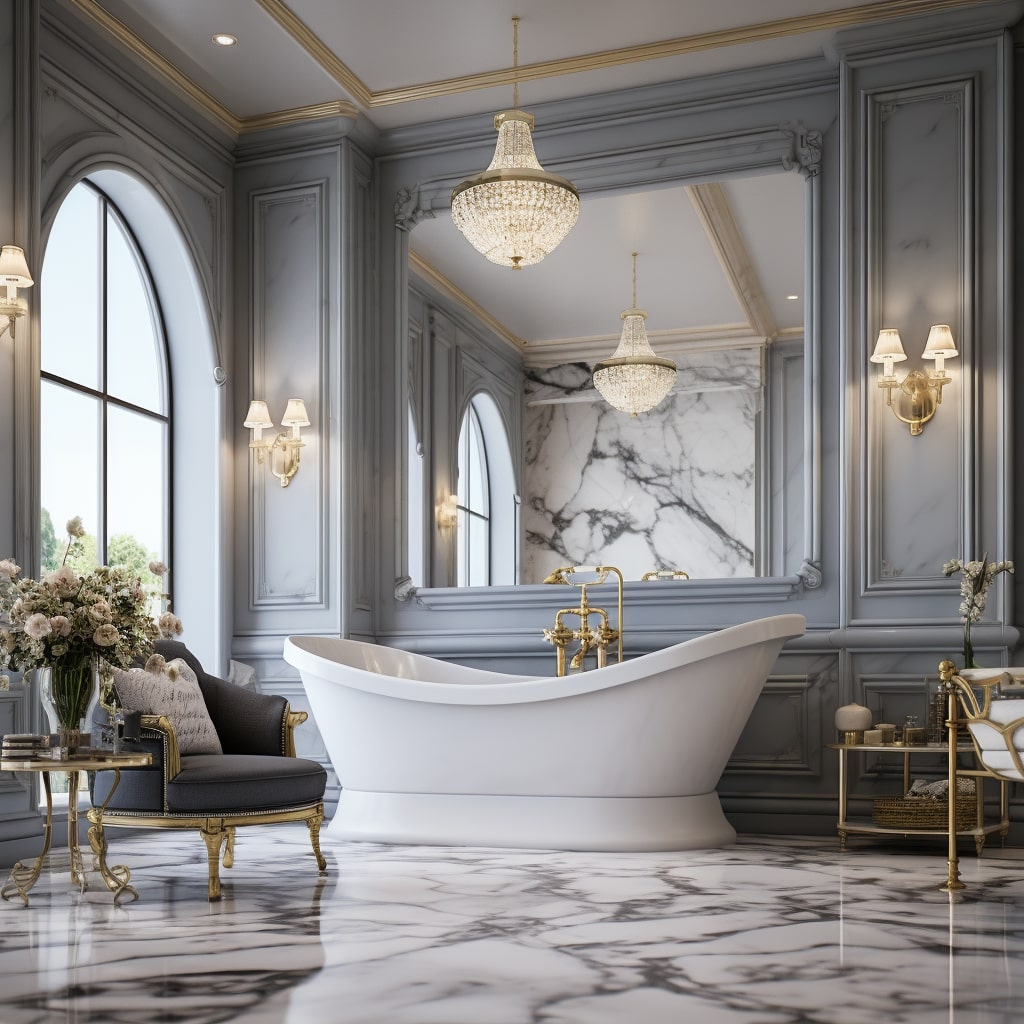

Incorporating Shape in Interior Design
Using shape is an effective way to enhance the visual interest and overall appeal of an interior design. Shape can create focal points, define areas, and add depth and dimension to a space. Here are some practical tips for incorporating shape in your interior designs:
Use Shape to Create Focal Points
The strategic use of shape can create a focal point in a room, drawing the eye to a specific area. For example, using a unique and interesting shape for a light fixture, a piece of furniture or a vignette can immediately create a focal point. Playing with the shapes of accessories and decor, like pillows, vases, or artwork, can also add visual interest and draw attention to specific areas of the room.
Define Areas with Shape
Using shape is a great way to define specific areas within a room. For example, using a curved or rounded sofa can help to distinguish a seating area from the surrounding space. In an open concept design, using an area rug in a unique shape can help to differentiate between the living area, dining area, and kitchen. The shape of a piece of furniture or a partition wall can also be used to divide a large room into smaller, more intimate areas.
Play with Texture and Shape
Adding texture to a space is another way to incorporate shape and create visual interest. Think about using furnishing and decor with different shapes and textures, like a rough, organic-shaped coffee table paired with a smooth, geometric-shaped rug. By playing with texture and shape, you can create a layered and dynamic design that engages the senses.
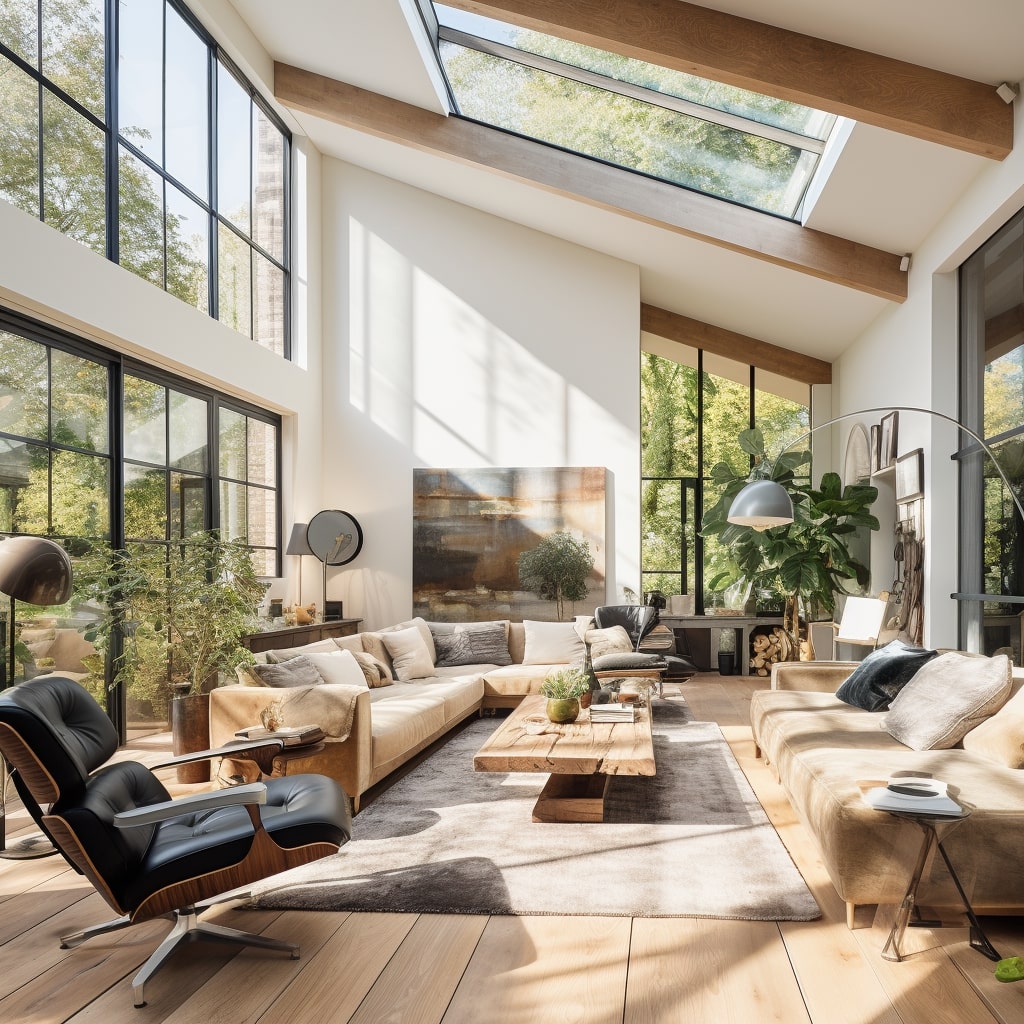

Consider Symmetry and Balance
When incorporating shape into your interior design, it’s important to consider balance and symmetry. Using shapes in a symmetrical way can create a sense of balance and harmony in a space. For example, using matching flanking chairs with rounded backs on either side of a structured sofa can create a sense of balance and visual symmetry.
Use Shape to Enhance Functionality
Shapes can also be used to enhance the functionality of a space. For example, using a curved kitchen island can help to improve the flow of traffic and create a more efficient workspace. In a small space, using rounded furniture can help to minimize sharp corners and create more space for movement.
By following these tips and incorporating shape into your interior design, you can create a visually compelling and functional space that engages the senses and improves the overall experience of the room.
Related: Why is interior design important?
The Relationship between Shape and Spatial Planning in Interior Design
When planning the layout of a room, the shape of the space plays a crucial role. The arrangement and alignment of shapes can dictate the flow and functionality of a space. Designers must consider the shape of a room, as well as the shapes of the furniture and decor, to create a cohesive and functional design.
For example, in a long, narrow room, using rectangular furniture may accentuate the shape of the room and make it appear even more narrow. Instead, using circular or curved furniture can help to break up the linear shape of the room and create a more welcoming and balanced space.
Alternatively, in a small room, using furniture with sharp angles and lines can make the space feel cramped and cluttered. Instead, using organic shapes or furniture with rounded edges can create a sense of openness and flow.
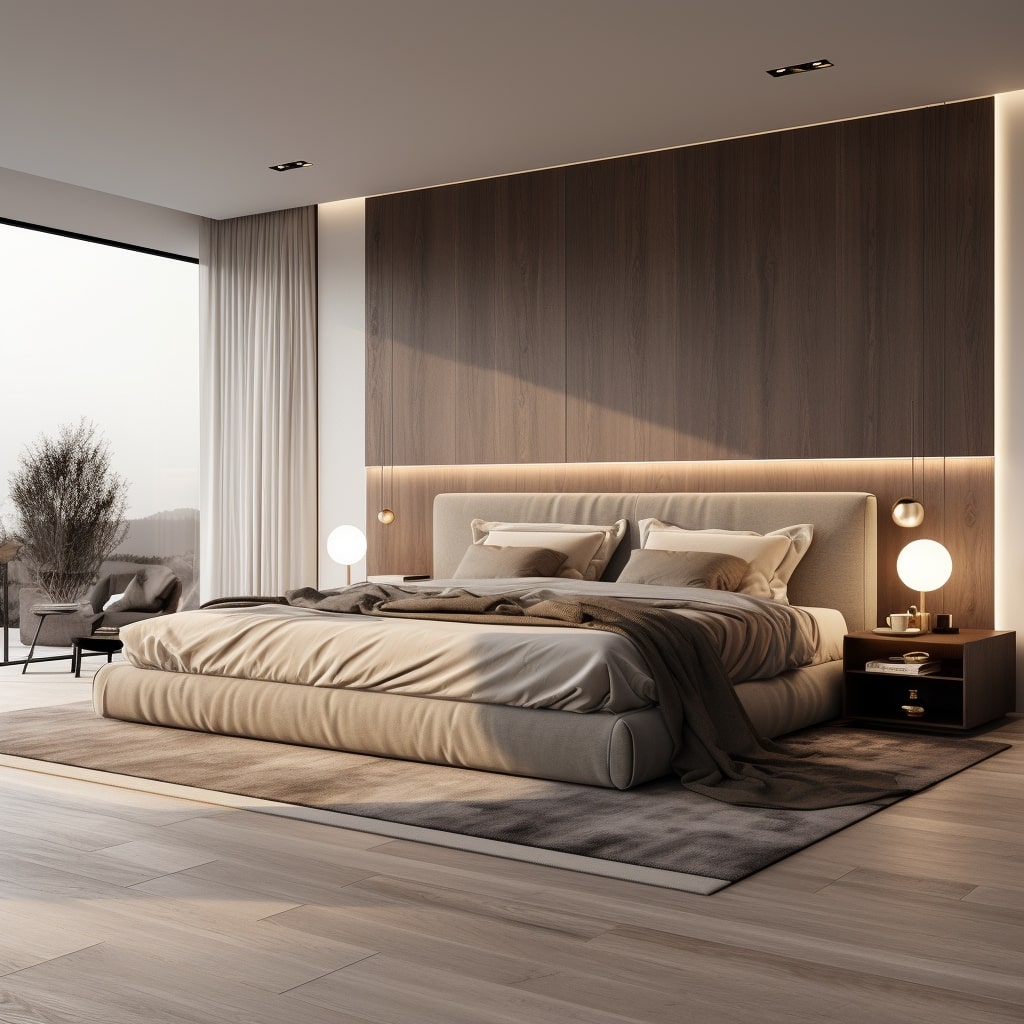

The shape of the space can also influence the placement of furniture and decor. Placing a large, angular piece of furniture in the middle of a small, circular room can disrupt the flow and make the room feel crowded. Instead, using smaller, rounded pieces arranged in a cohesive way can create a harmonious and functional design.
Overall, the relationship between shape and spatial planning in interior design is critical to achieving a well-designed and functional space. Designers must consider the shape of the space and use furniture and decor in a strategic way to create a cohesive and welcoming environment.
Enhancing Interior Design with Shape
When used thoughtfully, shape can be a powerful tool in enhancing the overall design of a space. Here are some examples of how shape can be incorporated to create impactful interior designs:
1. Creating Focal Points
Using a bold shape as a focal point can draw attention to a specific area of the room. For example, a round mirror or a unique geometric lighting fixture can add visual interest and create a statement piece in an otherwise simple space. Additionally, using repeated shapes throughout the room can create a cohesive look and tie everything together.
2. Defining Areas
Shapes can also be used to define areas within a larger space. For instance, a curved sofa can create a semicircular seating area that feels cozy and inviting. Similarly, using a rectangular rug can define a specific area for a dining table or workspace within a larger room.
3. Enhancing Visual Interest
Playing with different shapes can also add visual interest to a room. Mixing geometric and organic shapes can create a dynamic contrast, while using repeated shapes can add a sense of rhythm to the design. Consider using unusual shapes for furniture, such as a triangular side table or an irregularly shaped ottoman, to add personality and uniqueness to a space.
When incorporating shape into interior design, it’s important to keep in mind the overall aesthetic and mood that you want to create. Experimenting with different shapes and arrangements can lead to unexpected and exciting results.
Related: Interior architecture vs interior design.
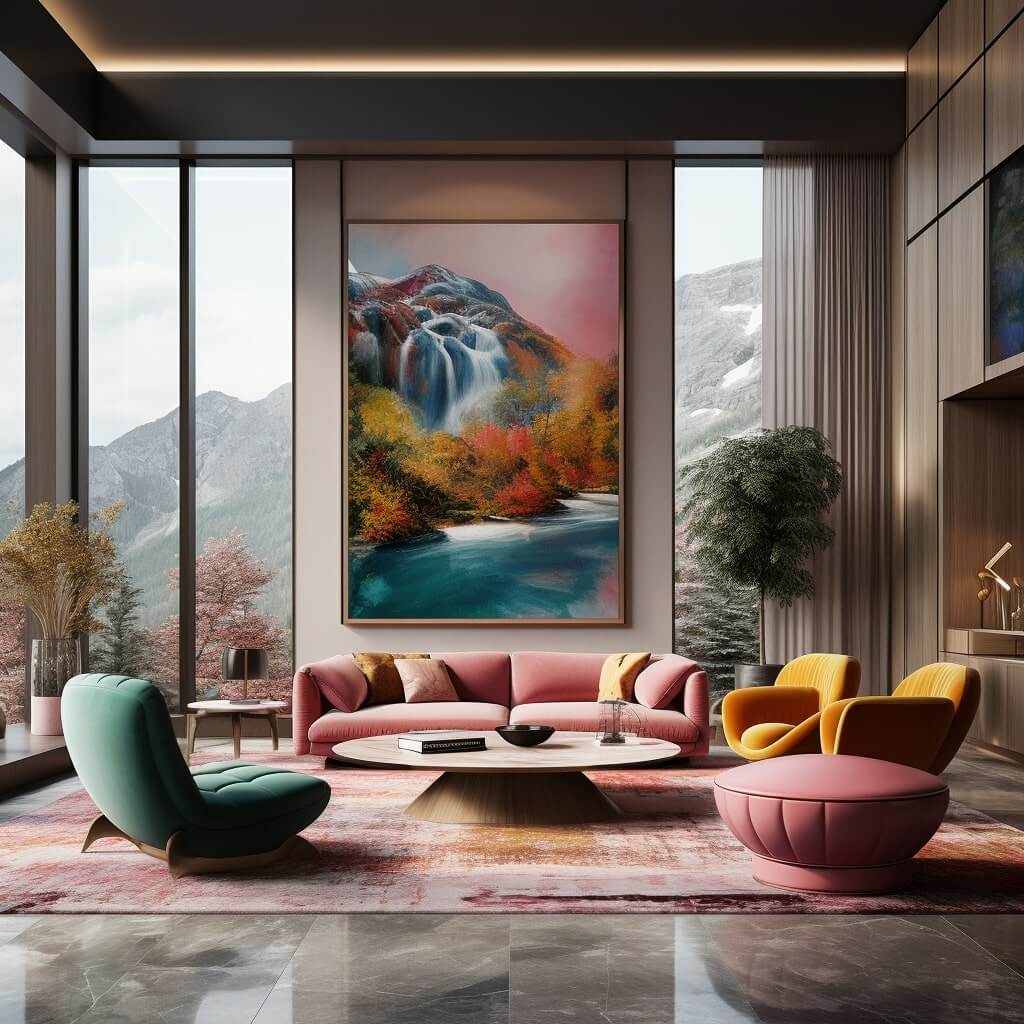

Shape and Color Harmonization in Interior Design
In interior design, color and shape are two of the essential components that come together to create visually appealing spaces. While they are both impactful on their own, they can also harmonize to create a cohesive and balanced design.
One way to achieve harmonization between shape and color is by using complementary or analogous color schemes. Complementary color schemes use opposite colors on the color wheel to create contrast and balance, while analogous color schemes use colors that are adjacent on the wheel to create a harmonious blend. When incorporating shape into these color schemes, it’s essential to consider the relationship between the shapes and the colors. For example, geometric shapes can add structure to a space and work well with bold colors, while organic shapes can soften a space and pair well with muted colors.
Another way to harmonize shape and color in interior design is by incorporating patterns. Patterns can be an effective way to introduce shape and color into a space in a cohesive and coordinated way. For example, a geometric patterned rug can complement a space with geometric-shaped furniture pieces, creating a harmonious design. Similarly, an abstract painting with a blend of colors and shapes can be an effective way to add visual interest to a space.
When designing with shape and color, it’s important to remember that less is often more. Too many shapes and colors can create a cluttered and overwhelming design. Instead, focus on creating a harmonious and balanced design with a few key elements, adhering to a minimalist design philosophy. Consider the overall aesthetic and mood you want to achieve and choose shapes and colors that support that vision.
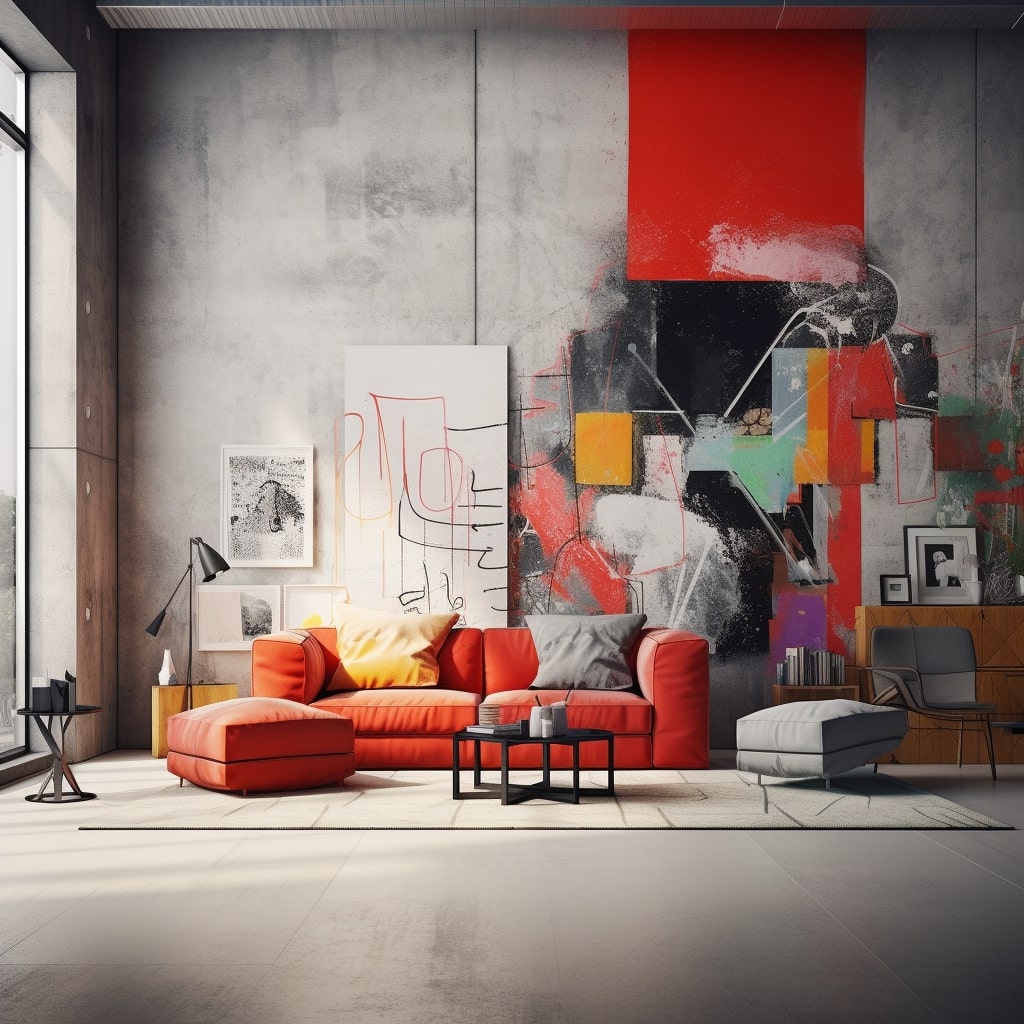

Exploring Shape in Different Interior Design Styles
Incorporating shape is an essential aspect of interior design, as it can serve as a means to create focal points, enhance functionality, and add visual interest to a space. Different interior design styles emphasize different shapes, each reflecting its unique characteristics and preferences. Here are some examples of how shape is utilized across different interior design styles.
Modern Style
Modern interior design is characterized by clean lines, sleek surfaces, and minimalist aesthetics. Shapes commonly used in this style include geometric shapes, such as rectangles, squares, and circles. These shapes are often used to create a sense of order and balance in a space, as well as to establish a modern and contemporary feel.
Minimalist Style
Minimalist interior design relies heavily on the use of negative space and the absence of clutter. Shapes used in this style include simple geometric shapes, as well as organic shapes found in nature. Minimalist design emphasizes the use of neutral colors, and shapes are often used to create a subtle contrast and add visual interest to the space.
Traditional Style
Traditional interior design is characterized by classic details, rich colors, and ornate patterns. Shapes commonly used in this style include curves, arches, and elaborate patterns. These shapes create a sense of elegance and sophistication, adding a timeless quality to the space.
Eclectic Style
Eclectic interior design is characterized by a mix of different styles, textures, and colors. Shapes used in this style are diverse, ranging from geometric shapes to organic shapes, to abstract shapes. The key to creating an eclectic design is to combine shapes in a way that creates visual interest while maintaining a sense of balance and harmony in the space.
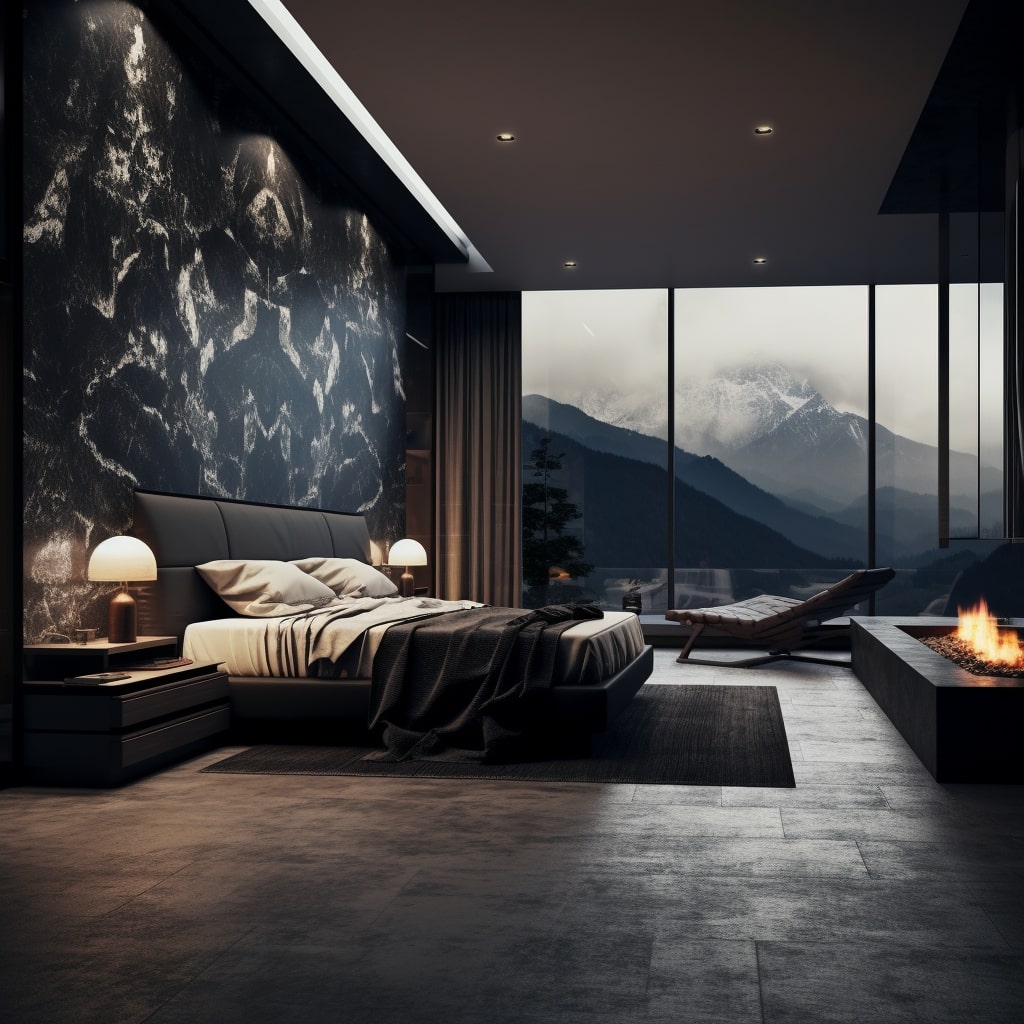

The Future of Shape in Interior Design
As with any creative field, interior design is constantly evolving, and the use of shape is no exception. Emerging trends suggest that shape will continue to play an essential role in the future of interior design, with increasing experimentation and innovation.
Exploring New Materials and Technologies
Advancements in technology and materials science are enabling designers to experiment with new shapes and forms. For example, 3D printing allows for the creation of intricate and unusual shapes that were previously impossible to produce. As such technology becomes more affordable and accessible, we can expect to see more unique shapes and forms in interior design.
Incorporating Nature-Inspired Shapes
Designers are increasingly turning to shapes found in nature for inspiration. Organic shapes such as leaves, petals, and waves are being incorporated into furniture, lighting fixtures, and other decorative elements. These shapes not only add visual interest but also create a sense of calm and relaxation, making them ideal for spaces such as bedrooms and living rooms.
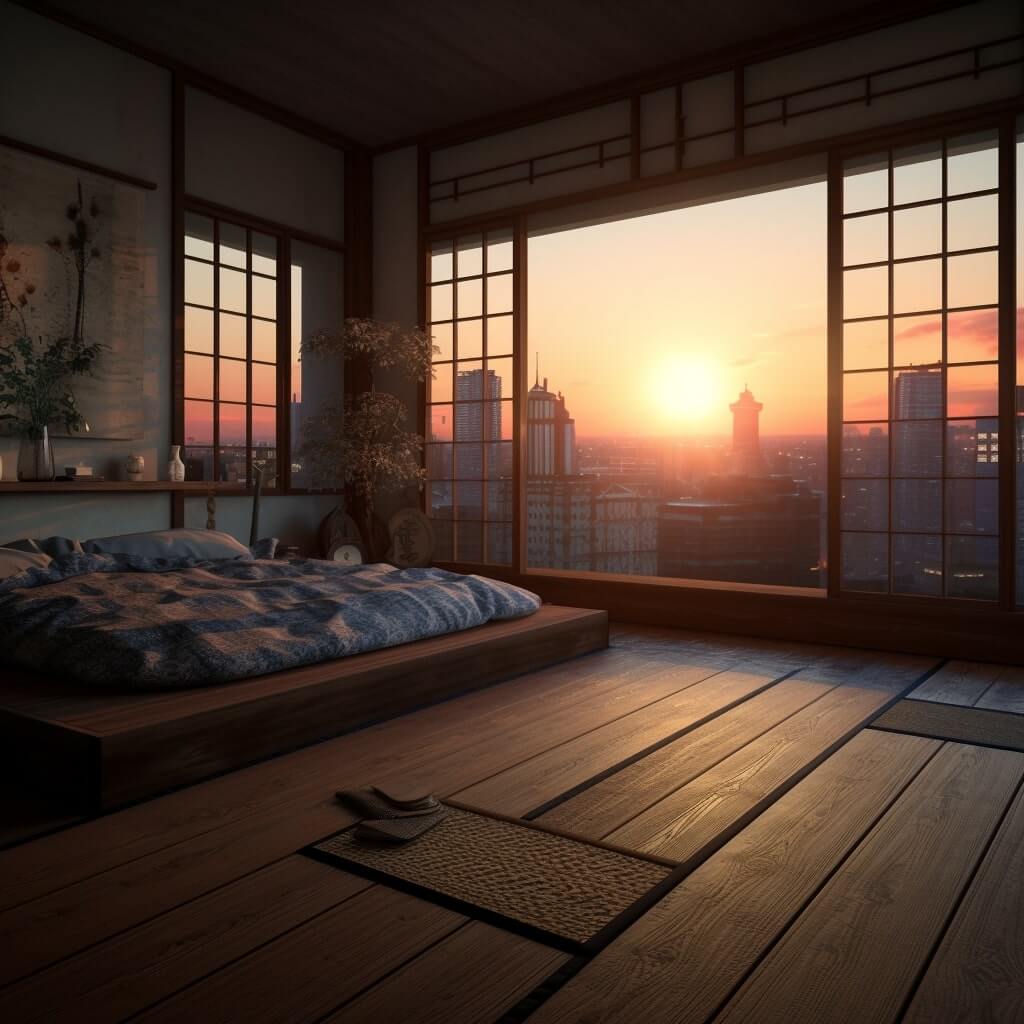

Blending Traditional and Modern Shapes
The blending of traditional and modern design elements is becoming increasingly popular, resulting in unique shapes that are both timeless and contemporary. For example, combining classic curved lines with sleek, modern surfaces can result in a fresh and updated look that still feels familiar and comfortable.
Exploring Minimalist Shapes
With the rise of minimalist and Scandinavian design, simple and geometric shapes are becoming more prevalent in interior design. Straight lines, sharp angles, and basic shapes such as circles and squares are being used to create streamlined and clutter-free spaces. This trend is likely to continue, as more people seek to simplify their lives both physically and visually.
In conclusion, the future of shape in interior design is exciting and varied. As designers continue to push the boundaries of what’s possible, we can expect to see new and innovative shapes that enhance the beauty and functionality of interior spaces.
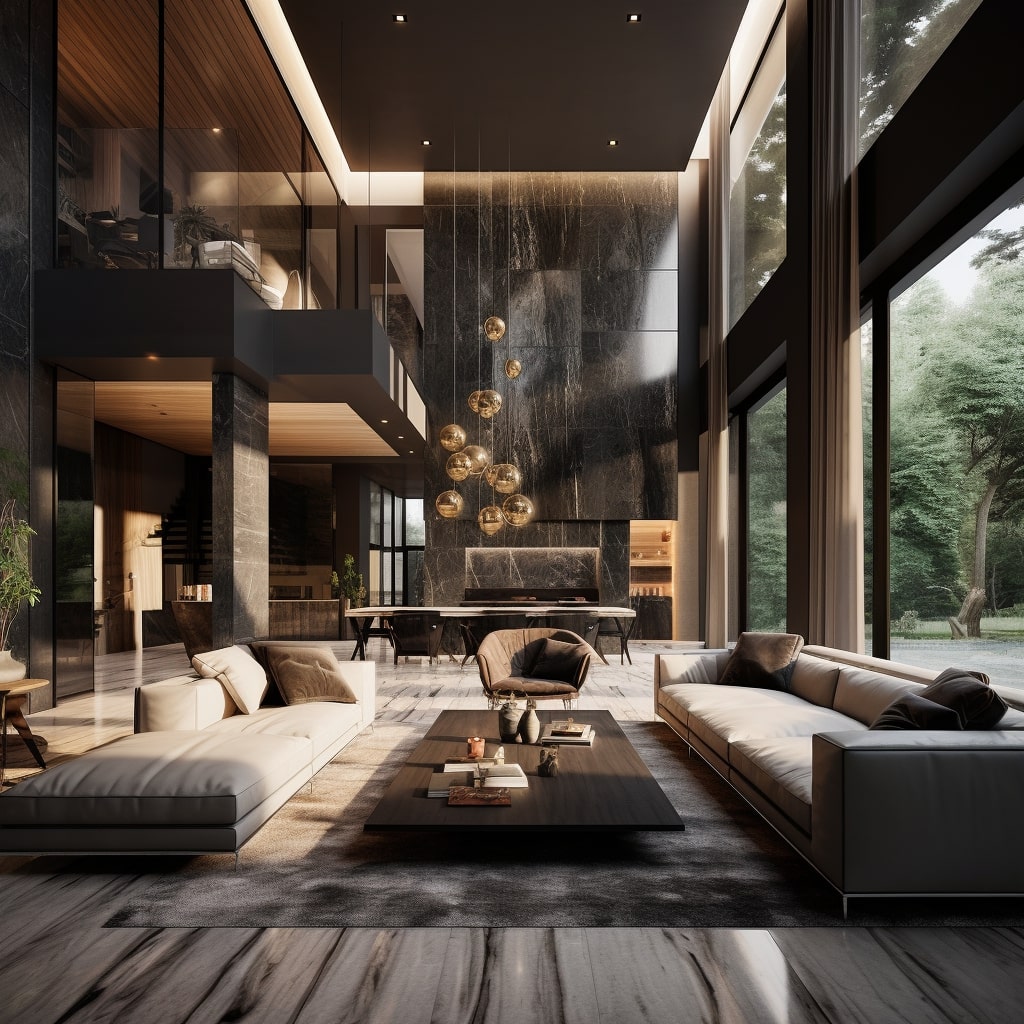

Frequently Asked Questions about Shape in Interior Design
As we’ve explored, shape plays a vital role in interior design. Here are some frequently asked questions that can help guide your understanding and application of shape in your design projects.
How does shape impact small spaces?
Shape can greatly impact the perception of space in small rooms. Using angular shapes, such as triangles or rectangles, can create a sense of depth and make the room feel larger. Conversely, using soft, curved shapes can make the room feel cozy and intimate.
Can I incorporate shape in a budget-friendly way?
Absolutely. One budget-friendly way to incorporate shape is through the use of decorative pillows, rugs, or wall art. These items often come in interesting shapes and can help create visual interest in a space without breaking the bank.
How can I use shape to create a cohesive design?
Using a consistent shape or shape pattern throughout a space can help create a cohesive and harmonious design. For example, using circular shapes in the lighting fixtures, furniture, and decor can create a cohesive design element that ties the space together.
What are some common mistakes to avoid when using shape in interior design?
One mistake to avoid is using too many shapes or shape patterns in one space, which can create a cluttered or overwhelming design. It’s also important to consider the function of the space and choose shapes that enhance the overall functionality rather than hinder it.
With these tips and considerations in mind, you can begin to incorporate shape into your interior design projects with confidence and creativity.


